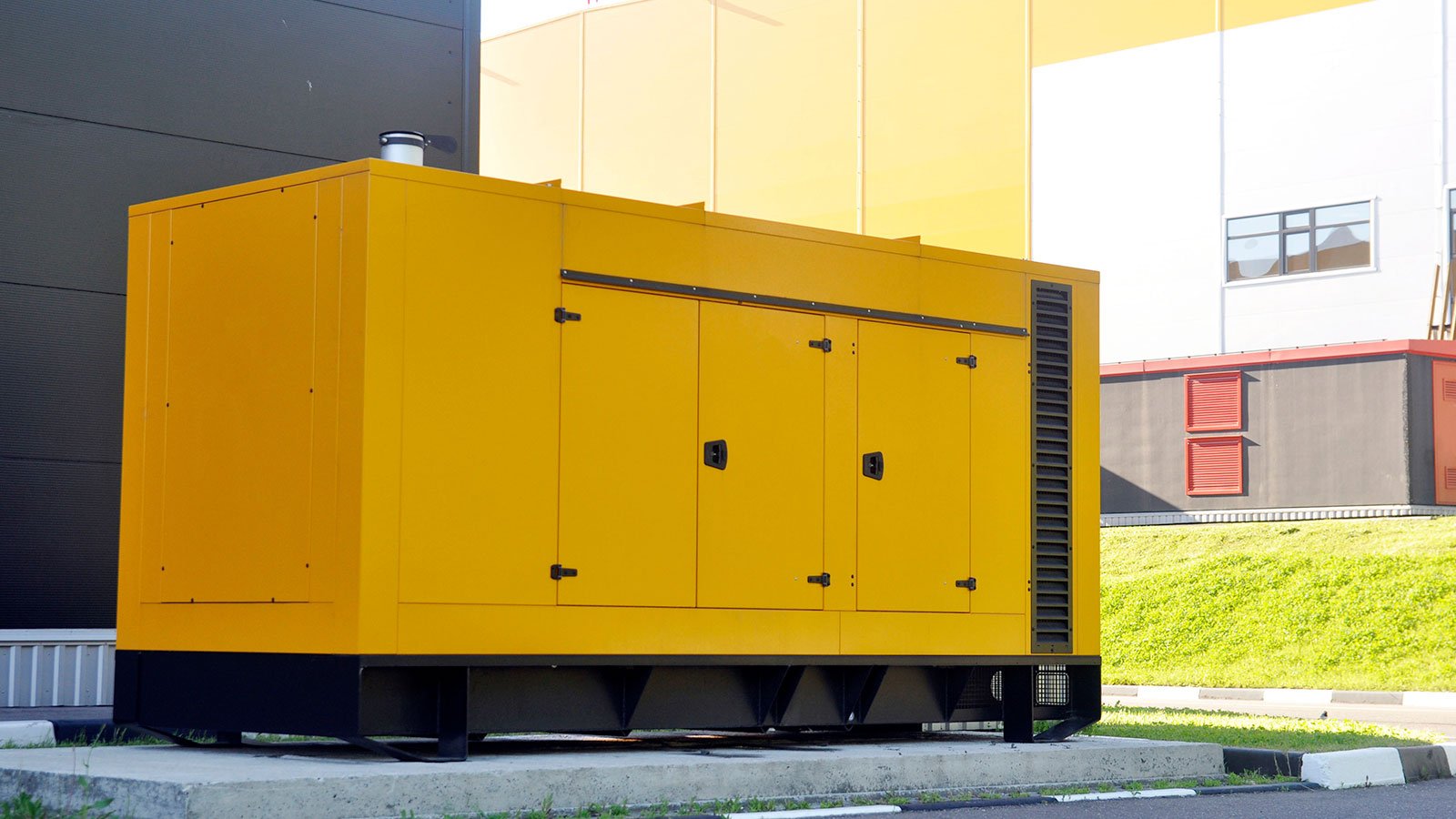Kelly Cole, General Manager of Electric Power at Finning, discusses how local authority clean air targets could affect environmental permits and what action organisations can take.
With local authorities starting to take stronger measures to improve air quality, critical operation industries face the increasing possibility of having to upgrade back-up generators to meet lower emissions targets – even where machines fall outside of Government legislation.
While the Environment Agency is in the process of clarifying the legislation to support cleaner air throughout the UK, local authorities are already beginning to take an even stronger stance on enforcing lower nitrogen oxide emissions levels in their communities.
The Environment Agency is targeting nitrogen oxide emissions (NOx) of less than 2000mg/Nm3 (5% O2). However, in local authorities working to tackle pollution hot spots there have been examples where emissions targets have been set below that – a trend that is expected to continue.
This has already driven a need for existing gensets to be upgraded to meet the lower levels of emissions demanded, despite the fact that the low levels of use would have placed many back-up power solutions outside the scope of the Government regulations.
It is anticipated that in some areas, for example the South East, where air quality levels can be poor, that future local targets may be set so low that Tier II engines – as well as existing gensets – will need to be adapted further to achieve the levels set independently by councils.
With a number of factors to consider in maintaining operational capability, as well as supporting clean air initiatives, there is likely to be a considerable increase in the retrospective fitting of Selective Catalytic Reduction systems (SCRs), which has been successfully used to drastically cut NOx emissions by over 90%.
New off road/mobile generation engines are designed to meet emissions levels set by the EU and UK Government, however, these do not affect stationary power generation equipment.
The roll out of regulations continues to bring existing gensets and machinery in line with these levels, with key deadlines set for 2025 and 2030.
Bringing into effect the European Medium Combustion Plant Directive (MCPD) in the UK, the Environmental Permitting (England and Wales) (Amendment) Regulations 2018, states that all existing sites with aggregate machinery between 5MWth – 50MWth must achieve NOx levels of less than 200mg/Nm3 (15% O2) by January 1, 2025.
Those below 5MWth have until January 2030 to meet the environmental requirements. Those sites above 50MWth are regulated under the Industrial Emissions Directive (IED) where it is typical for the authorities to apply the same level of emission restrictions.
While new engines already need to meet the Tier II emissions levels as a minimum in accordance with the Environment Agency, existing engines that were operational before the regulations were outlined and introduced may need to be adapted to meet the new level – and secure an operating permit.
This MCPD legislation often does not apply to generators used in back-up systems though, given there is a maximum allowance of 50 hours test per annum and no restriction on emergency use hours, i.e. black start requirements – unless the site is providing power to export or off-set grid supply on a tariff-based agreement, which is highly unusual for the data centre market.
However, within the power of a local authority, where NOx emissions targets are driven down below that 2000mg/Nm3 or Tier II threshold, regardless of hours of use, SCRs may well need to meet the stricter controls to avoid fines or issues in securing environmental permits to have that functionality on site – even as unused back up. There are already examples of where this has been enforced.
While there is a cost to replacing existing gensets, a number of other factors need to be considered in meeting the emissions requirements, including space, performance, investment and waste, which all play into the decision of operational critical companies of whether to upgrade or replace back-up power solutions.
Many organisations will choose to retain proven engines that they can rely on for performance, that have been load tested and will reliably offer the back-up power needed. In this case improving the emission readings whilst not affecting the generator performance through the application of SCRs can be a sound choice – especially when the requirement is to hit levels lower than those mandated by the Government and what is achievable through current in cylinder technology.
However, space can be a factor in making these changes. Gensets with low usage are often stored in facilities that have a minimal amount of free space, especially where there are numerous engines. The addition of retrofitted SCRs requires a considerable amount of additional space alongside the existing units, which is something many firms may struggle with – especially in the South East where prices are at a premium and space can be limited.
One thing is certain, to meet targets below Environment Agency guidance levels, SCRs will need to be used to achieve the standards demanded as this is the most effective way to dramatically reduce NOx emissions. With the latest technology able to take NOx emissions down to below 80mg/Nm3 and with concerns growing about the impact of poor air quality on lifelong health, there is likely to be a continued push to achieve cleaner air in the UK, with tougher measures ultimately likely to be introduced by local authorities up to the Midlands and North West in the near future.
To meet this demand for lower NOx emissions Finning has already tested the capability of SCRs in reducing NOx emissions on both existing and new gensets – as well as in bringing the levels below that set out in the latest Government legislation. Whether space is at a premium or lower levels of NOx emissions are set by a local authority, operators can be assured there is the expertise available to provide power solutions that support operational requirements and meet the demands of legislation.


